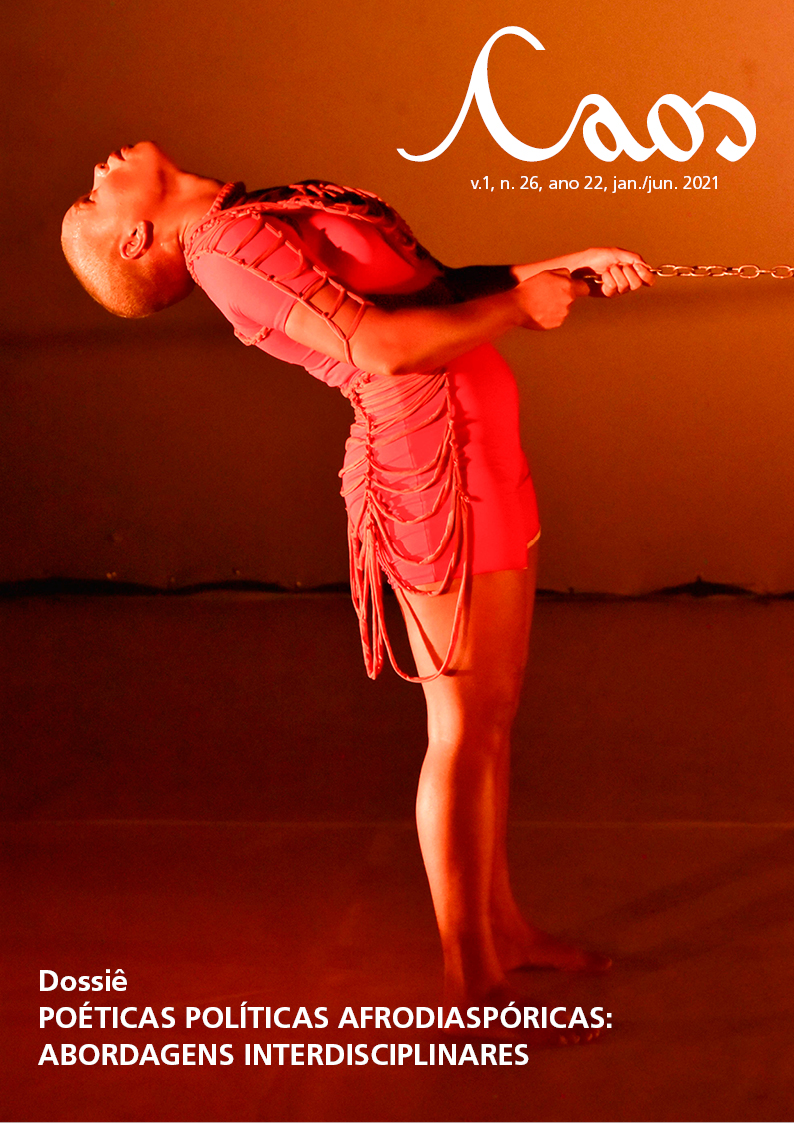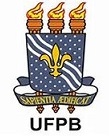THE BLACKS OF PEDRA D’ÁGUA
DOI:
https://doi.org/10.46906/caos.n26.57467.p311-318Keywords:
Identidade Étnica, Território, QuilombolasAbstract
The book carried out a ethnoghraphic journey around the construction of the ethnic identity of the blacks of Pedra d'Água from the uses of the territory composing a complex tessitura that involved the narratives of origin. In its structure, it was composed of five dense chapters that begins with an explanation about the methodological paths of the research and about the process of approximation of the researcher with the families and with the residents chosen as informants of the research. The research was defined as a case study and a consistent ethnographic study (Geertz 1978), thanks to the researcher's stay in the community during the research, which allowed a good description of the research terrain and resident families, beginning by gathering the oral narratives of the elders about the origin of the community that converged to a common ancestor, Manuel Paulo Grande. The ethnography produced throughout the chapters reveals the multiple aspects of everyday life of a community of farmers and animal breeders, starting with relations with the territory from the founding ancestor, great-grandfather and common great-grandfather of almost all families who lived there. As a result, a comprehensive portrait of the everyday life of Pedra d'Água families was drawn, revealing the internal dynamics of families, as well as external and interethnic relations with neighboring communities and rural properties.
Downloads
Metrics
Published
Issue
Section
License
Copyright (c) 2021 Maristela Andrade

This work is licensed under a Creative Commons Attribution-NonCommercial 4.0 International License.
A Caos é regida por uma Licença da Creative Commons (CC): CC BY-NC 4.0, aplicada a revistas eletrônicas, com a qual os autores declaram concordar ao fazer a submissão. Os autores retêm os direitos autorais e os de publicação completos.
Segundo essa licença, os autores são os detentores dos direitos autorais (copyright) de seus textos, e concedem direitos de uso para outros, podendo qualquer usuário copiar e redistribuir o material em qualquer suporte ou formato, remixar, transformar e criar a partir do material, ou usá-lo de qualquer outro propósito lícito, observando os seguintes termos: (a) atribuição – o usuário deve atribuir o devido crédito, fornecer um link para a licença, e indicar se foram feitas alterações. Os usos podem ocorrer de qualquer forma razoável, mas não de uma forma que sugira haver o apoio ou aprovação do licenciante; (b) NãoComercial – o material não pode ser usado para fins comerciais; (c) sem restrições adicionais – os usuários não podem aplicar termos jurídicos ou medidas de caráter tecnológico que restrinjam legalmente outros de fazerem algo que a licença permita.
Recomendamos aos autores que, antes de submeterem os manuscritos, acessem os termos completos da licença (clique aqui).
















